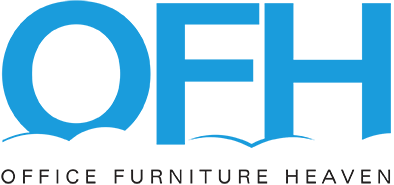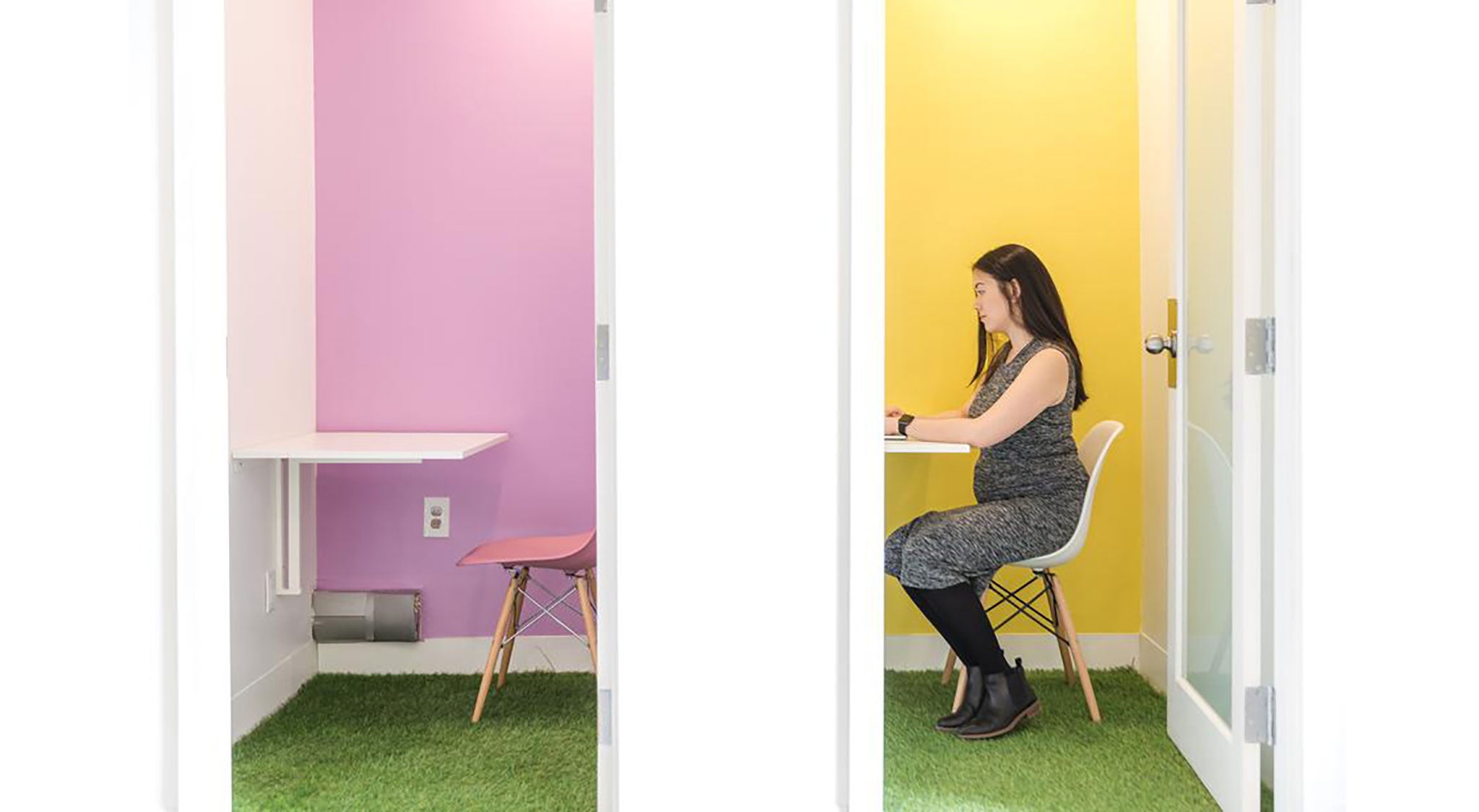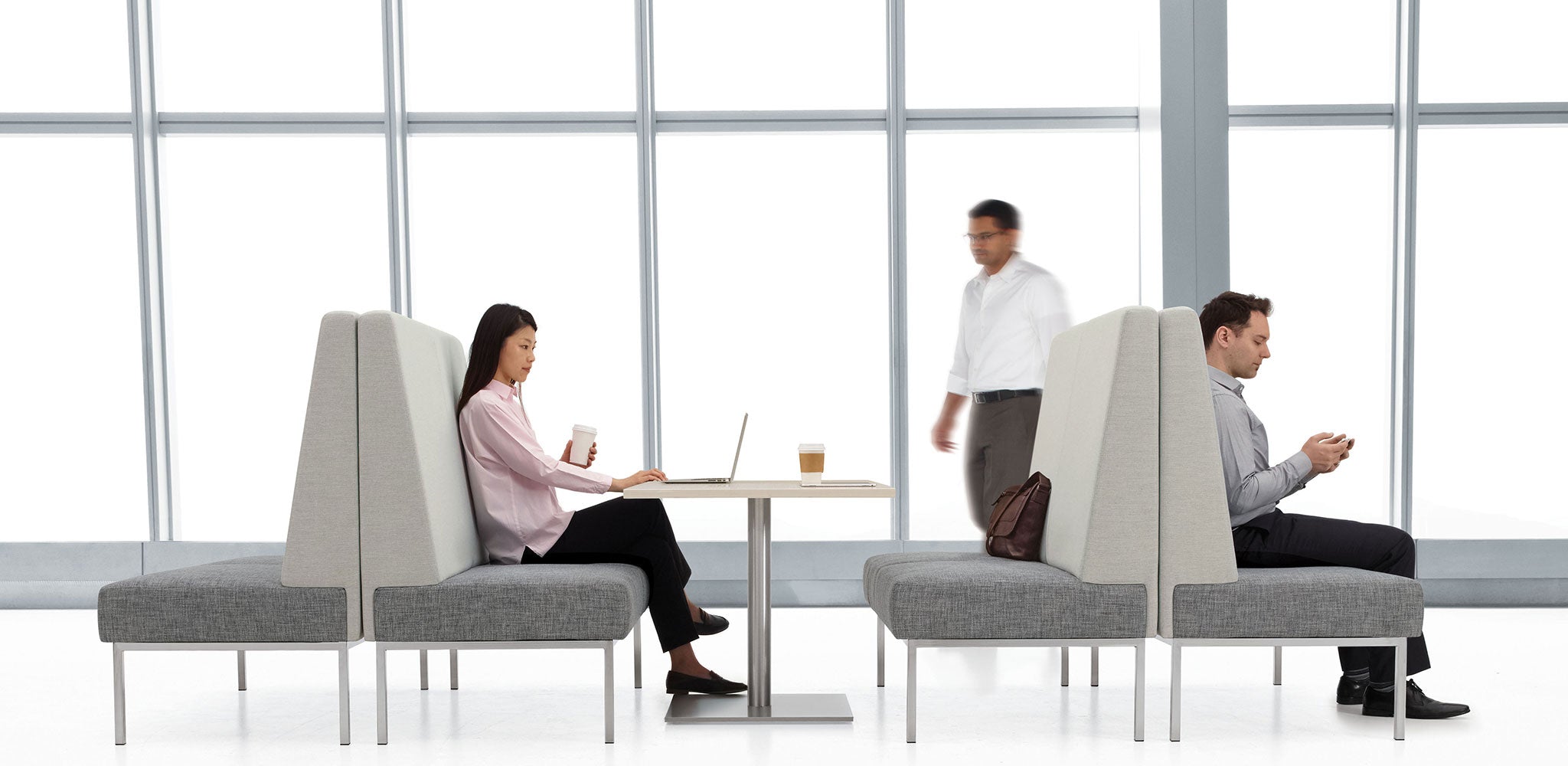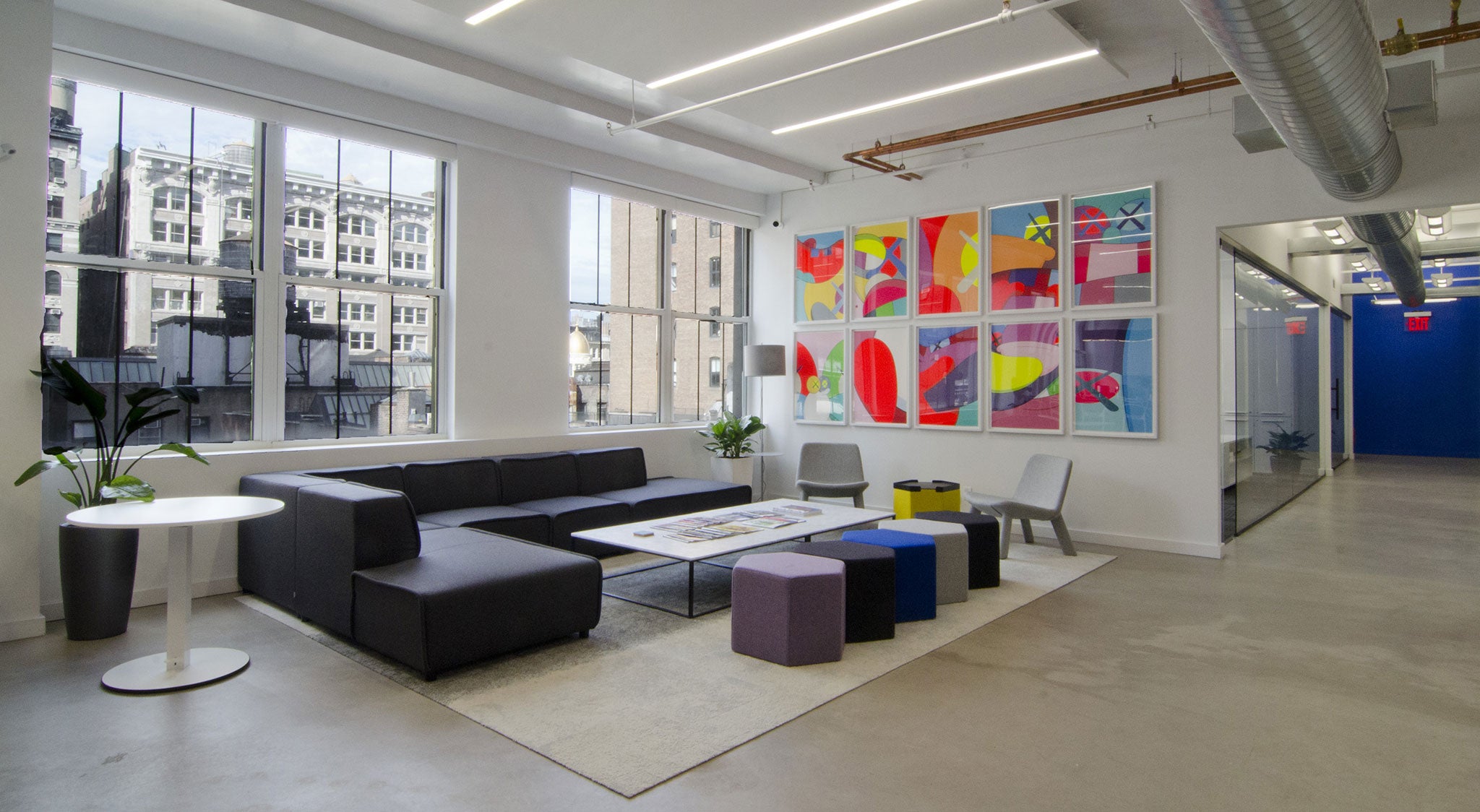The Office Furniture Heaven Blog
Inspiration comes from many places. Read about some of the things that excite us.Embracing Today’s Flexible Office Environment
In 2019, the way we work and how we work with others is evolving. The open office, once introduced as a breakthrough in office design, has gone under fire for being too distracting and lacking in privacy. Entire offices are finding themselves overhearing private conversations, phone calls and interactions with clients with no way of escaping the noise. Designers are faced with the challenge of designing offices that retain the aesthetic and social advantages of open plan design while creating solutions to the age-old problems that accompany it. Less a fleeting office trend and more of an expected norm, the “flexible” office was introduced as an open plan environment that embraces the inclusion of private spaces.
With the growth of technology-oriented professions and the capacity to work from almost anywhere, working in a traditional office environment is becoming more of a choice than a necessity. With the explosion of coworking spaces in concentrated urban hubs, among freelancers, startup companies and creatives—it’s evident that people still prefer office environments for work. There are innumerable benefits in having a collaborative environment. Large open spaces provide a relaxing environment where ideas can flow. With the inclusion of ‘private’ areas, ideas can be processed into the right productive channels. Focus sessions, video conferencing and meetings can all be held in considerate privacy and out of earshot of others.
A popular feature of the flexible office environment is office phone booths. Office phone booths were inspired by the classic phone booth design but have been revamped for modern usage. One can make phone calls, videoconference, work at a desk, or even have a meeting in a completely soundproofed environment. Boasting features like temperature control, internal power and wifi, these modular booths can be moved in and out of an office, eliminating the need for a costly build-out. The “flexible” feature of booths is the ability to create a quiet oasis in a large room--which depending on the nature of one’s work, can be a necessity. Similar space divisions can be found in our previous post about architectural glass walls, where modular glass wall installations divide space without entrapping light or the visual flow of the office.
Flexible offices do not solely refer to the way office space is divided. It also refers to the ways one designs an office to be “more flexible.” Flexible offices change how and where one works. In a flexible office, you are not limited to your workstation. Your work area opens to other areas throughout the office, from open residential-style lounge areas, cafés, and private rooms. As more people share the same overall space, increasingly from different backgrounds, jobs, and worldviews, it is important to design a space where these regular interactions can keep having a positive impact. Open offices are the most space-efficient, least costly way of furnishing a space. However, it is becoming clear the productivity of the flexible office model can potentially yield a significant ROI for employers. Innovation is nourished in environments that have been crafted to fit their needs.
In 2019, we embrace the new flexible office environment as a new way to collaborate and engage with work. To read more about the ways offices today are improving for the better, read our article about office phone booths and wellness design.





